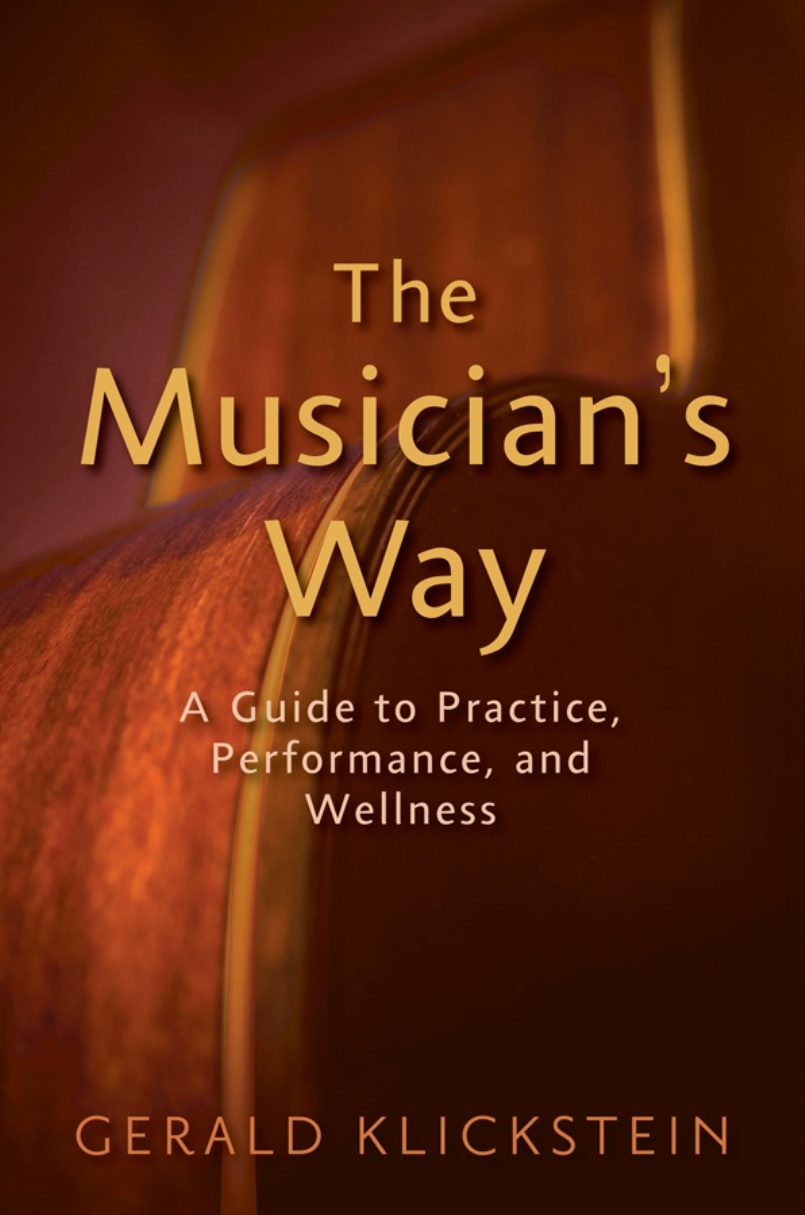
—Paul Klee, painter
The Musician’s Way, p. 121
Like a painter dipping into a limited palette, a musician practicing an isolated part has to adapt to material that’s incomplete.
A part played or sung out of context may seem pale, but, in an ensemble, it will blend with others to form striking colors and textures.
The essential knack for us musicians is to grasp a whole piece of music as we practice an extracted part.
Then, when we rehearse in groups, we also need to employ strategies that optimize artistry and efficiency.
With all that in mind, here are crucial ways to unite our solitary and group practice.
1. Mark Parts and Scores
If you distribute music to your group, supply not only parts but also give your colleagues access to recordings and full scores. First, mark parts as follows:
- Note metronome settings for the likely final tempo of a piece and the target tempo for your initial rehearsal.
- Indicate interpretation with signs denoting dynamics, timing, breaths, and articulations.
- Write in pivotal technical directions such as bowings, diction, and cuing.
- Number the first measure of each line.
Preparing parts heightens both expressiveness and efficiency because when you and your colleagues practice individually, you’ll incorporate matching tempos and interpretations. Then, when you convene, you’ll readily mesh, and measure numbers will act as guideposts so that you can swiftly locate corresponding places in your music.
If your group leader doesn’t carry out the abovementioned steps, you might take the initiative yourself to provisionally mark your part as well as share links to online scores and recordings.
“The essential knack for us musicians is to grasp a whole piece of music while we practice an extracted part.”
2. Master Your Part during Individual Practice
Rehearsals can’t be fully productive unless all participating musicians have learned their parts:
- Prior to your first group rehearsal, devise a solo practice agenda, and then implement the 4-step learning process described in Chapter 3 of The Musician’s Way: 1. get an overview of the piece; 2. map an interpretation; 3. map the technique; 4. execute your map.
- For your overview, listen to recordings and study any full score, absorbing as much as you can about the compositional form, the style, and how the parts interweave. Pin down where you have solo passages, when you’re doubling or imitating other lines, and, in egalitarian ensembles such as quartets, where cues will be required. Add interpretive and technical marks to your part, as needed.
- After mapping interpretive and technical details, as you play or sing in the solitude of your practice room, aim to hear the inclusive sound. If the music is too complex for you to hear all the parts mentally, sense one principal part, or perceive the general feel of the music, especially at moments that cue your entrances.
- Picture your fellow musicians creating the music with you – make imaginary eye contact to accustom yourself to looking away from your music stand.
- Position a metronome and a recorder at your side, and use them often. To verify your intonation, enlist a keyboard or an electronic tuner.
“Rehearsals can’t be fully productive unless all participating musicians have learned their parts.”
3. Rehearse Strategically in Group Practice
The strategies involved in rehearsing ensemble music mirror those we use to practice solo repertoire. That is, we progressively ripen pieces through the new, developing, and performance material zones, working in sections, solving problems, refining our interpretations, and steadily increasing tempo. Here are some tips:
- Start each group rehearsal with a verbal outline of how you’ll proceed, but allow room in your timeline for unforeseen snags.
- Strike a balance between tackling small portions and executing large spans.
- As interpretive ideas unfold, mark your music afresh. Keep a metronome handy, and periodically check your timing and tempos.
- Take breaks. If your repertoire isn’t taxing, pause for 10 minutes after working for 50; with more intense material, stop for five minutes following 25 minutes of rehearsing.
- Wrap up group sessions by discussing plans for upcoming rehearsals. Make sure that, before you disperse, everyone is clear about what, when, and where you’ll rehearse next.
“Make sure that, before you disperse, everyone is clear about what, when, and where you’ll rehearse next.”
Comprehensive guidelines for collaborative music making are spelled out in Chapter 6 of The Musician’s Way.
Related posts
The 4 Cornerstones of Musical Collaboration
6 Ways to Ignite Synergy in a Group
Collaborative Criticism
Ten Tips for Collaborating Musicians
© 2020 Gerald Klickstein
Adapted from pages 121-123 of The Musician’s Way.
Photo via Pixabay

